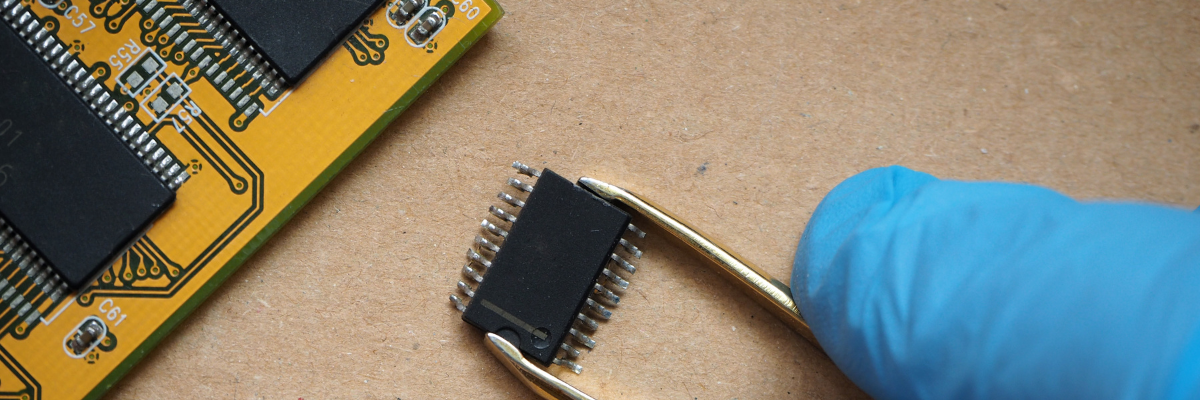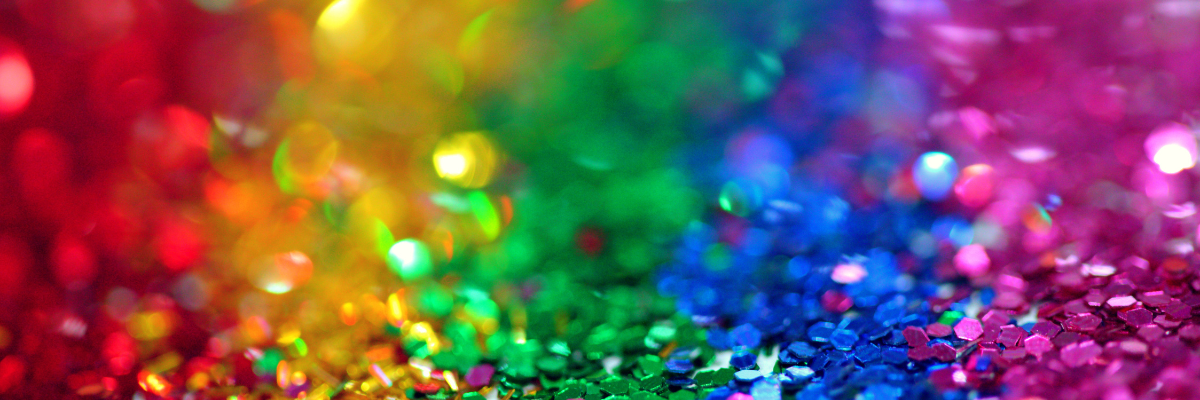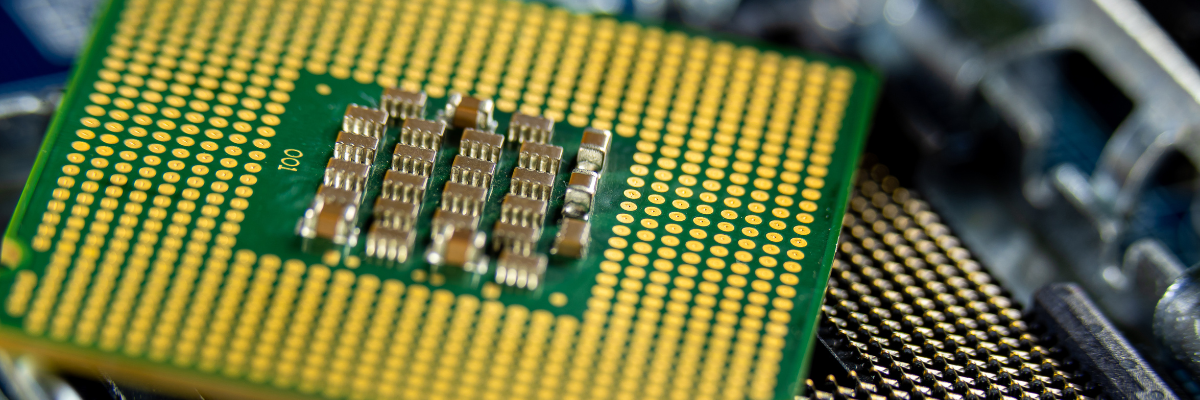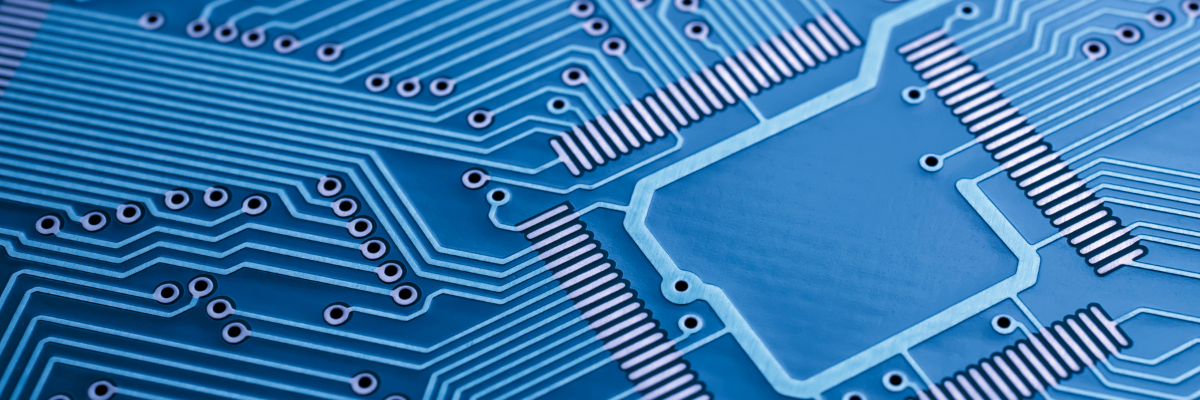Mastering PCB Temperature Management: Essential Techniques for Optimal Performance and Longevity
When it comes to printed circuit boards (PCBs), effective temperature management is crucial to ensure their optimal performance and longevity. From significantly reducing heat-induced component failures to optimizing signal integrity, understanding and controlling PCB temperatures is essential.












